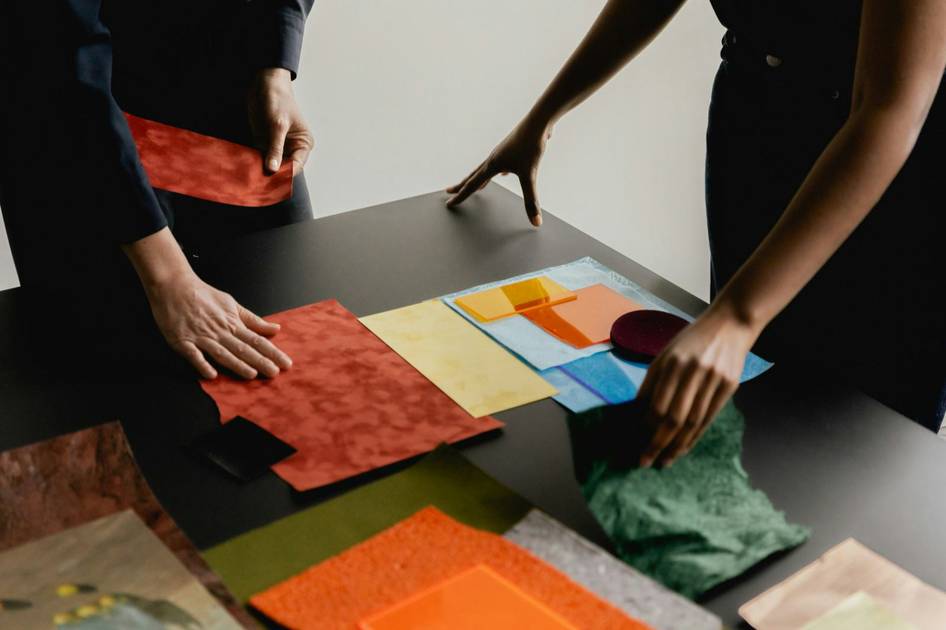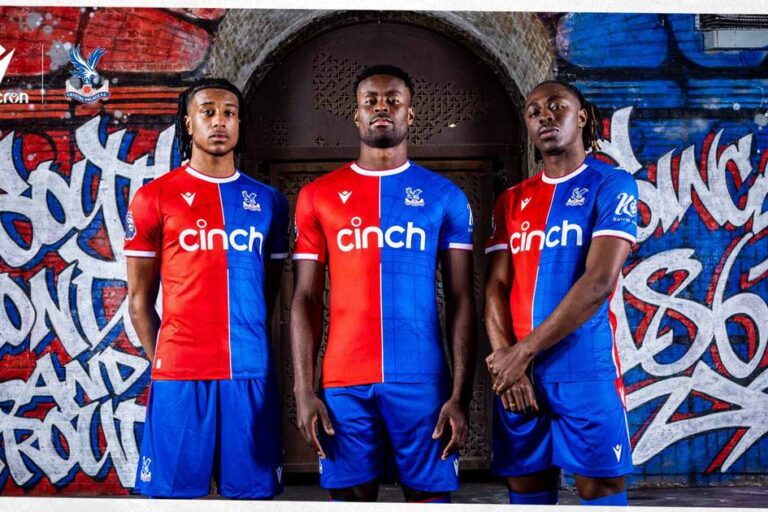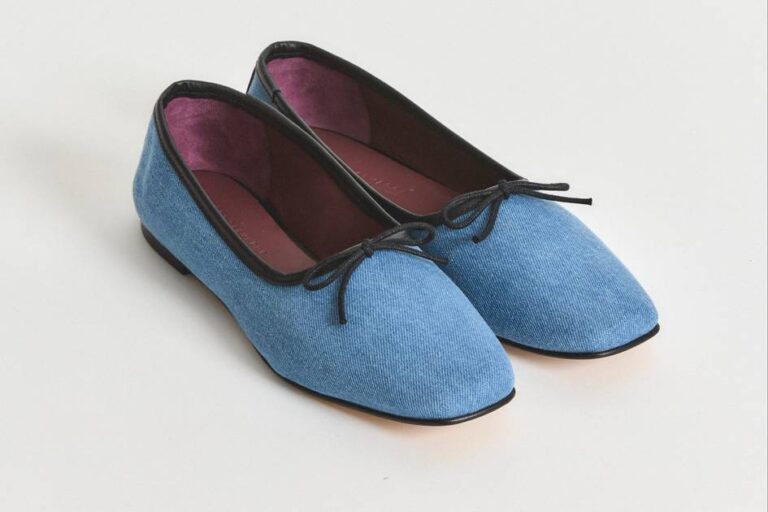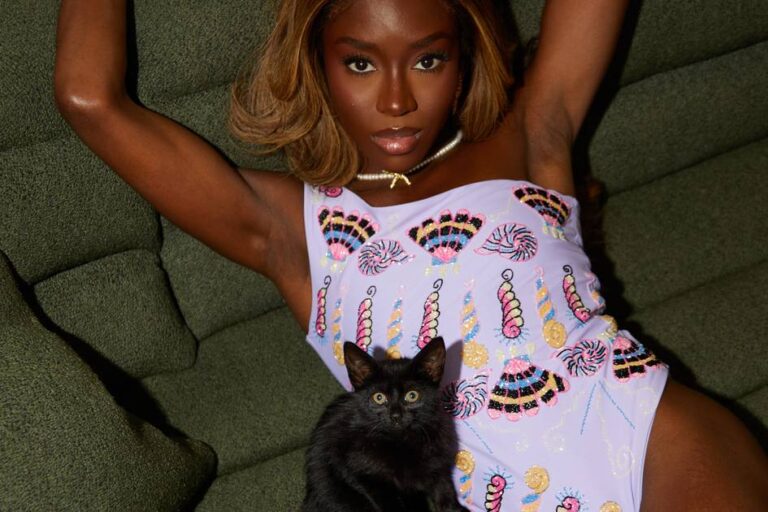Future Snoops: Are We the Real Threat in the Age of AI?

Efficiency Over Imagination
“AI isn’t slowing down; it’s here to stay,” stated Emma Grace Bailey, Director of Sustainability at Future Snoops, during the recent Active Creation in the Age of AI webinar. She mentioned that it’s estimated to contribute between 150 and 275 billion dollars to the apparel, fashion, and luxury industries by 2028, which is just a few years away.
Bailey posed an intriguing question: “While machines push forward, are we the ones holding back? What if the real concern isn’t about AI taking over, but rather our reluctance to adapt?”
She reflected on the industry’s decline in creative energy. “We haven’t showcased our creativity like we used to,” she remarked. The trends of outsourcing and relentless deadlines have stifled originality over recent decades.
“The pressure to meet deadlines often leads us to safer options, recycling past successes instead of daring to innovate,” she added. “We’ve confused recycling with creation.”
Current designers, according to Bailey, are producing at algorithmic speed to meet the demands of ultra-fast fashion and AI-driven design, leading to uniformity—a system driven by efficiency rather than creativity.
Bailey emphasized, “Every technological advancement has promised creative freedom, yet we only find ourselves getting faster, not freer. The era of AI truly challenges us; it can either inundate us with repetition or inspire a new wave of creativity.”
She argued that the essential question isn’t about AI’s capabilities, but how humanity chooses to utilize it. “The future of creativity will not hinge on algorithms,” she asserted. “It will be shaped by the individuals who are passionate enough to dream.”
Lilly Berelovich, Co-Founder and Chief Future Vision Officer at Future Snoops, resonated with Bailey’s thoughts. She emphasized that intuition, creativity, and emotional depth are irreplaceable aspects of human creativity. “Let’s strive to be more human than the machines we’ve become over the years,” she encouraged.
The Creatorship Era: AI as a Creative Amplifier
Bailey elaborated on the Creatorship Era, which encourages humans to explore curiosity, imagination, and emotions. Berelovich described these elements as those intangible qualities drawing from the creative right side of our brains.
Several brands exemplify this successful merging of instinct and technology in their practices.
L’Oréal, in collaboration with IBM’s Gen AI, is revolutionizing product innovation. By using predictive models to simulate new formulations, L’Oréal can now explore ingredient combinations that previously took years to test. “Their goal is to unlock innovation much quicker than traditional R&D can achieve,” Bailey explained. This method allows teams to identify viable, sustainable materials early on, reducing waste while aligning with human-centered sustainability goals.
Designer Norma Kamali partnered with Meson Meta to utilize AI in preservation. She trained a custom model using thousands of images from her extensive design archive. “Her focus is not on replacing the human touch, but rather on supporting the continuation of her brand’s legacy,” Bailey highlighted.
At Puma, Bailey noted the Inverse sneaker, designed with the assistance of AI. This technology referred to Puma’s extensive archive, including the iconic Inhale silhouette, pushing design boundaries beyond traditional prototyping limits. “The outcome is a fusion product that links the brand’s history and its future,” she detailed. “It exemplifies a collaboration between precision and creativity.”
Additionally, the global trend forecasting company unveiled Muse, an AI dedicated to enhancing the creative process, utilizing Future Snoops’ carefully curated database.

Sources:
– AI tools were used for transcription and writing support.
What creative partnerships have you noticed between AI and the fashion industry?





